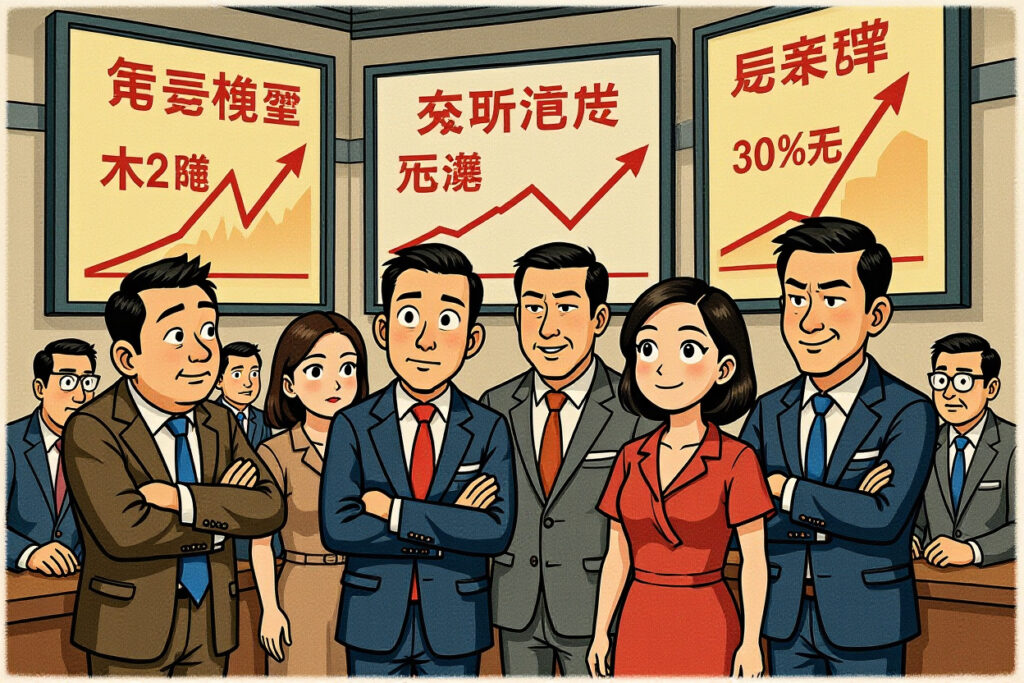Market Shockwaves from Central Africa
The global cobalt market faces renewed supply constraints as the Democratic Republic of Congo (DRC) unexpectedly extended its cobalt export ban through October 15, 2025. This strategic decision by the world’s dominant cobalt producer sent immediate ripples through battery supply chains and equity markets, particularly affecting Chinese companies heavily dependent on Congolese cobalt imports. The cobalt export ban extension represents the latest chapter in a series of supply disruptions that have driven cobalt prices up 62.7% since January.
Immediate Market Reaction
Following the announcement from the Democratic Republic of Congo’s strategic minerals regulatory agency, cobalt futures and related equities experienced significant volatility. Chinese cobalt refiners and battery manufacturers saw their shares surge in early trading as investors priced in further supply constraints. The cobalt export ban extension comes at a critical moment for global electric vehicle production, which depends heavily on cobalt-containing batteries for energy density and stability.
Understanding the Cobalt Supply Dynamics
The Democratic Republic of Congo dominates global cobalt production, accounting for approximately 75.86% of worldwide supply according to United States Geological Survey data. This market concentration gives the Central African nation tremendous pricing power, which it has increasingly exercised through export controls and now quota systems. The latest cobalt export ban extension follows previous restrictions implemented in February 2025 and extended in June.
Production and Reserve Statistics
Global terrestrial cobalt reserves total approximately 11 million tons, with the DRC holding the largest share at 6 million tons (55% of global reserves). In 2024, worldwide cobalt mine production reached 290,000 tons, with the DRC contributing 220,000 tons. This production dominance means that any disruption in Congolese supply creates immediate global market impacts. The current cobalt export ban has already reduced available supply significantly, drawing down inventories worldwide.
Price Impact and Market Response
Cobalt prices have responded dramatically to the supply constraints, rising from 169,000 yuan per ton at the beginning of 2025 to over 275,000 yuan per ton by September 18—a remarkable 62.7% increase. This price surge reflects both actual supply reduction and market anticipation of further constraints. The cobalt export ban extension through mid-October ensures that price pressures will continue through the fourth quarter.
Inventory and Production Adjustments
Industry analysts estimate that current global cobalt inventories could sustain production through year-end, but some manufacturers have already suspended operations due to raw material shortages. The cobalt export ban has accelerated inventory drawdowns, creating potential supply gaps in early 2026 unless the quota system functions smoothly. Chinese cobalt consumers, particularly in the battery sector, have been actively seeking alternative supplies and developing cobalt-reduction technologies.
Strategic Implications for Global Markets
The Democratic Republic of Congo’s move to implement annual export quotas represents a strategic shift toward managed supply rather than open market distribution. The announced quotas—18,125 tons for the remainder of 2025 and 96,600 tons annually for 2026 and 2027—suggest a deliberate effort to control global cobalt pricing. This cobalt export ban extension and subsequent quota system could fundamentally alter pricing dynamics in the battery metals sector.
Pricing Power and Market Control
By implementing export controls followed by a quota system, the DRC appears to be following the model established by other commodity-rich nations seeking to maximize resource value. The cobalt export ban has successfully demonstrated the country’s ability to influence global prices, potentially encouraging similar approaches for other strategic minerals. Market analysts at Huatai Securities project that cobalt prices could reach 350,000 yuan per ton by 2026-2027, representing a significant uplift from current levels.
Sector Impact and Investment Implications
The cobalt supply constraints have created both challenges and opportunities across multiple sectors. Electric vehicle manufacturers face higher battery costs, while cobalt producers and explorers benefit from improved economics. The cobalt export ban has particularly affected Chinese companies, which have developed significant investments in DRC mining operations and domestic refining capacity.
Equity Market Performance
Chinese cobalt-related equities have dramatically outperformed broader markets amid the supply disruptions. As of September 19, 2025:
– China Molybdenum Co., Ltd. (洛阳钼业) gained over 94% year-to-date
– Zhejiang Huayou Cobalt Co., Ltd. (华友钴业) advanced 78.8%
– Ganzhou Tengyuan Cobalt New Material Co., Ltd. (腾远钴业) rose 61.1%
– Nanjing Hanrui Cobalt Co., Ltd. (寒锐钴业) increased 46.6%
This exceptional performance demonstrates how the cobalt export ban has created value for well-positioned market participants while challenging downstream consumers.
Future Outlook and Strategic Considerations
The transition from export ban to quota system suggests a new era of managed cobalt supply that will require adaptation from market participants. The cobalt export ban extension through October provides only temporary resolution, with longer-term supply dynamics remaining uncertain. Companies throughout the battery supply chain must develop strategies to address both price volatility and supply security concerns.
Technology and Substitution Responses
Ongoing cobalt price increases are accelerating development of alternative battery chemistries with reduced cobalt content. However, high-performance applications continue to require cobalt for energy density and safety characteristics. The cobalt export ban has reinforced the strategic value of diversified supply sources and recycling infrastructure, particularly for Chinese companies facing potential supply constraints.
Navigating the New Cobalt Market Reality
The Democratic Republic of Congo’s extended cobalt export ban and impending quota system represent a watershed moment for global battery supply chains. Market participants must recognize that the era of abundant, low-cost cobalt has ended, replaced by a period of managed supply and heightened price volatility. The current cobalt export ban provides a preview of the market dynamics that will likely characterize the cobalt sector for the foreseeable future.
Successful navigation of this new environment will require sophisticated supply chain management, strategic inventory planning, and potentially increased investment in recycling and alternative technologies. For investors, the cobalt sector offers compelling opportunities but requires careful attention to geopolitical risks and supply dynamics. The cobalt export ban has demonstrated that concentrated production creates vulnerability throughout the supply chain, suggesting that diversification and security of supply will become increasingly valuable competitive advantages.
Market participants should monitor developments from the Democratic Republic of Congo closely, as the implementation details of the quota system will significantly impact 2026-2027 market balances. Additionally, technological developments in battery chemistry could alter long-term demand projections, potentially reducing but not eliminating cobalt’s critical role in energy storage. The current cobalt export ban, while temporary, highlights structural vulnerabilities that require strategic response from companies and investors with exposure to the battery metals sector.




